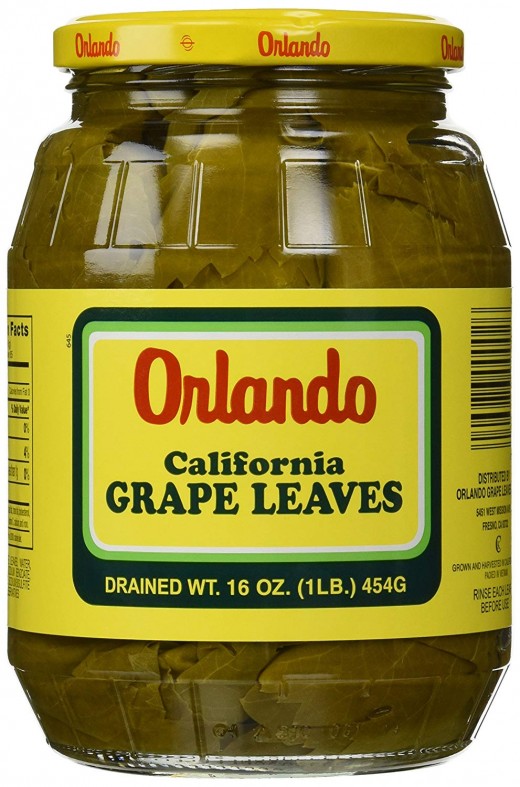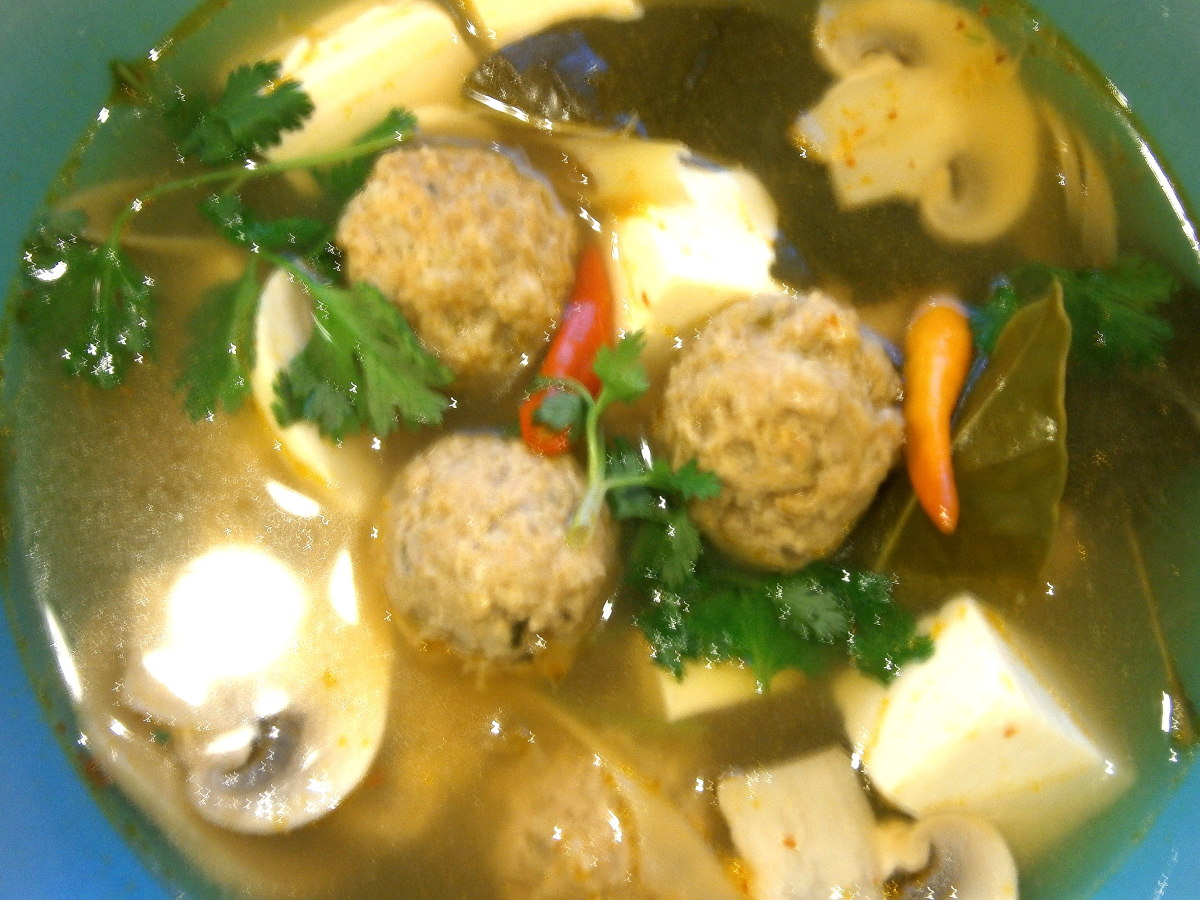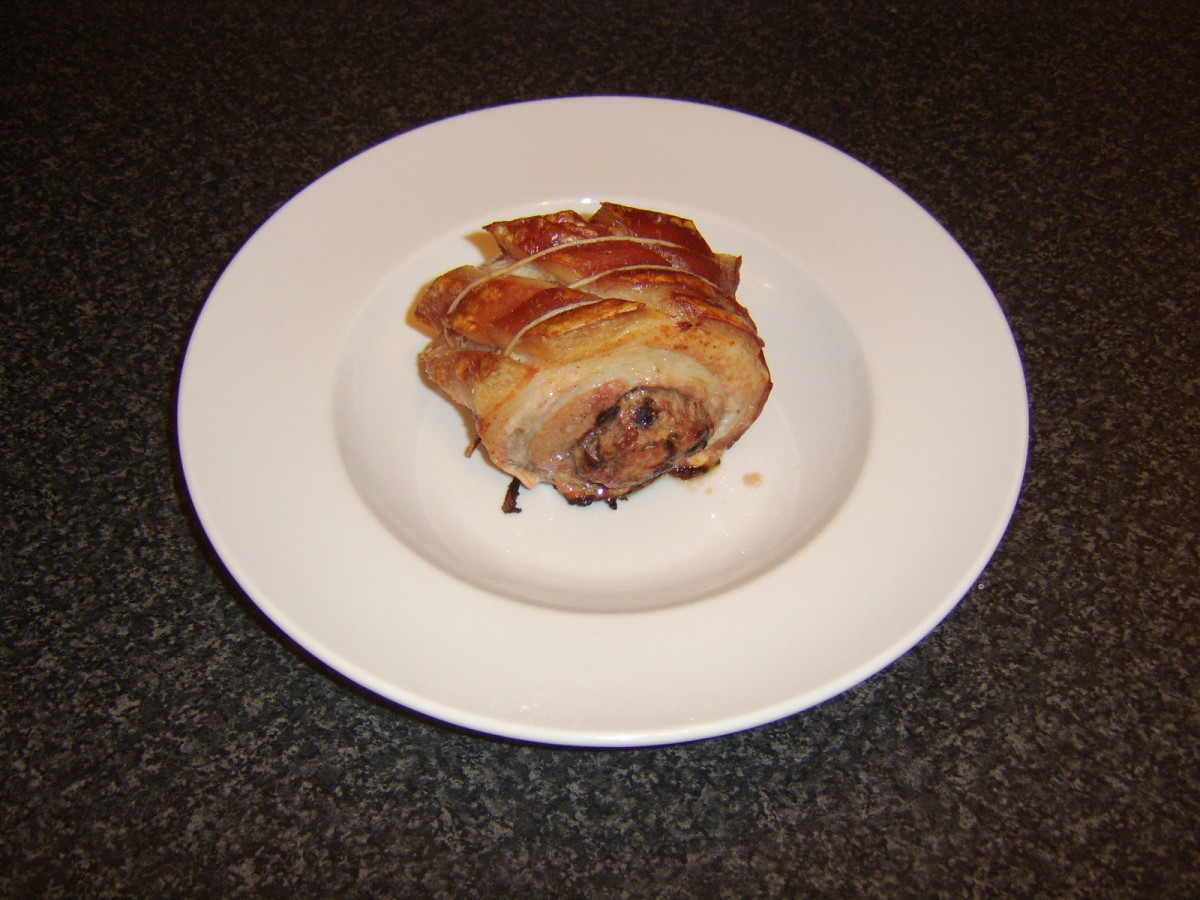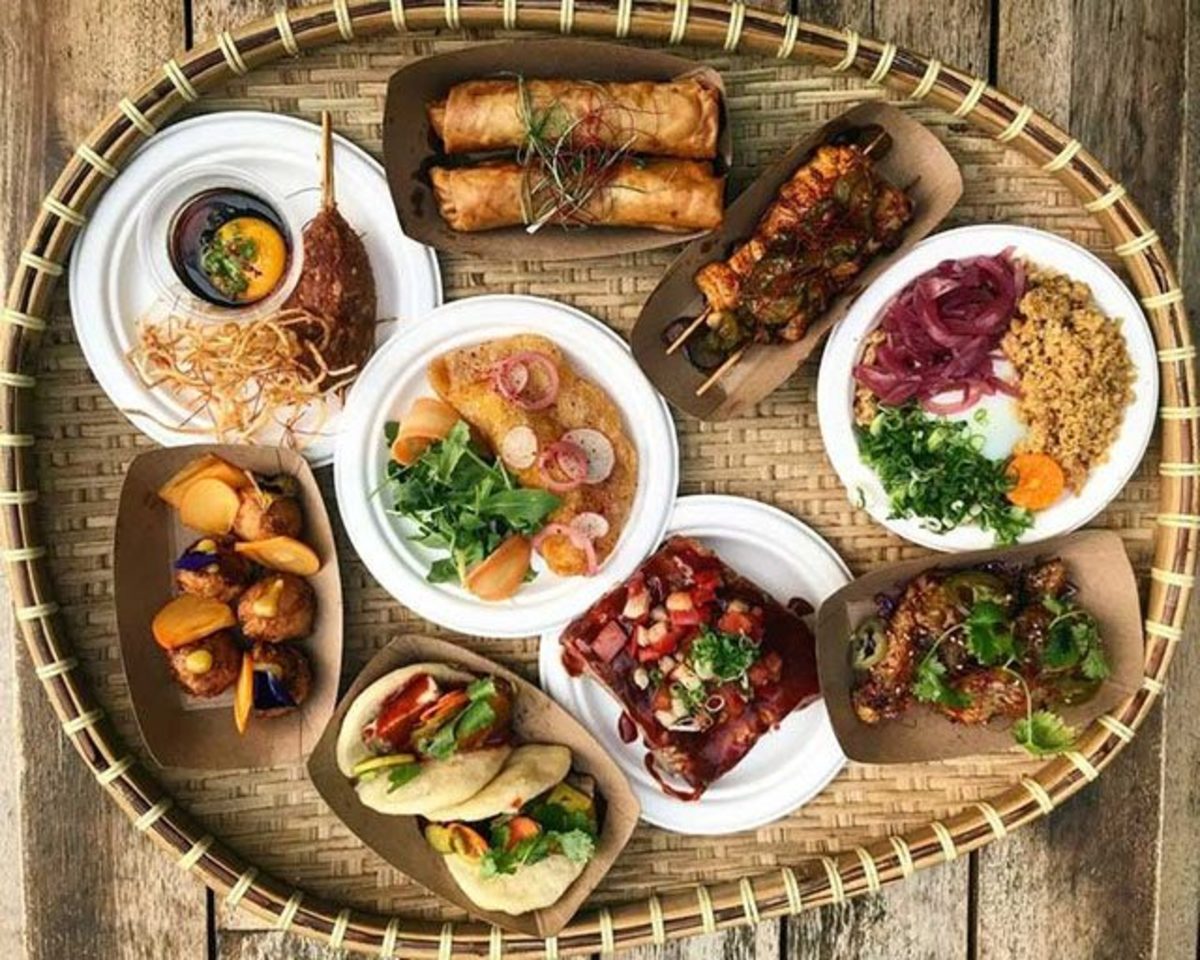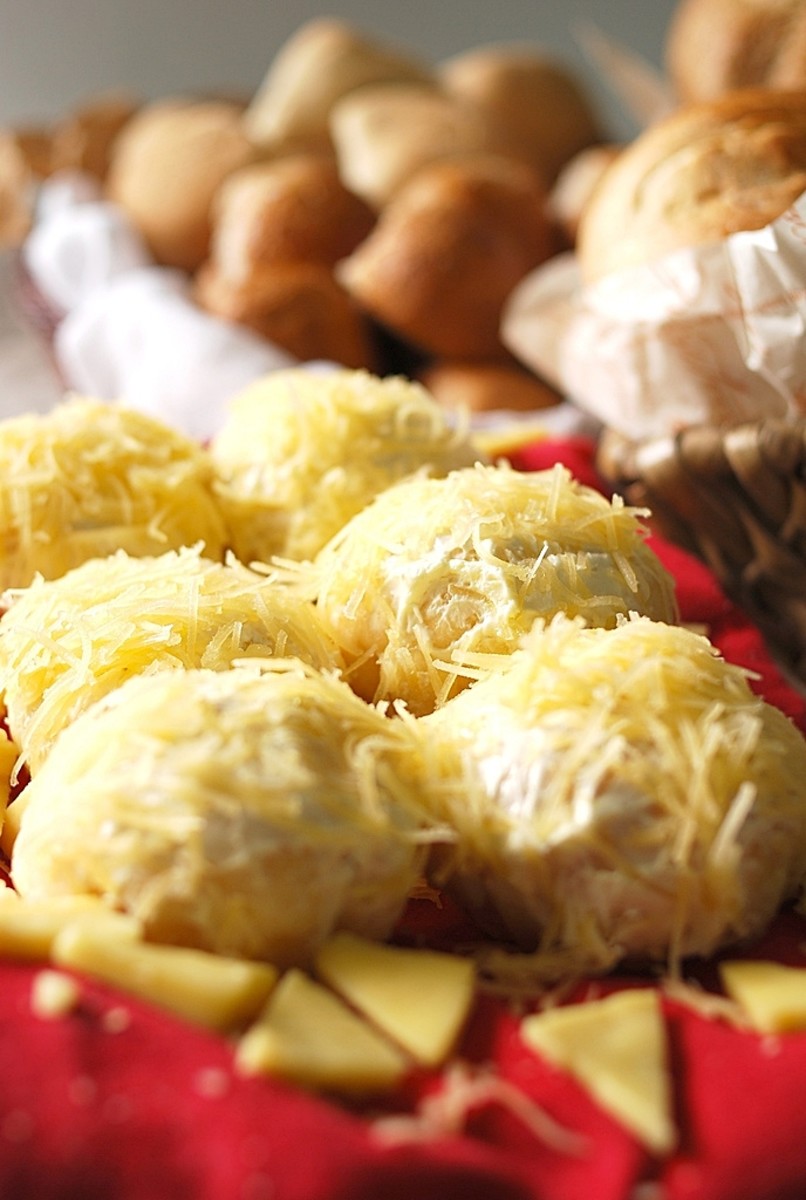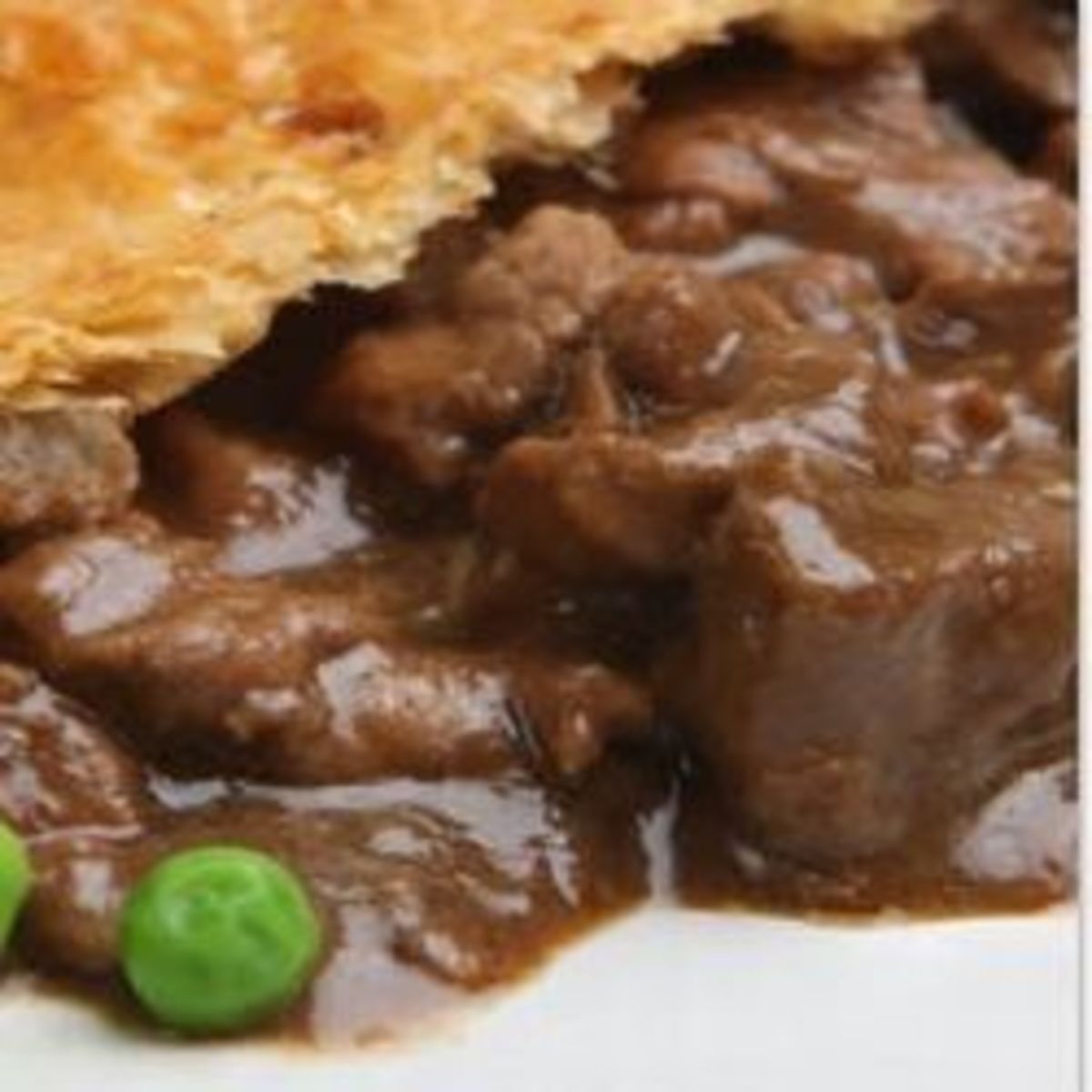A Labor of Love: Making Stuffed Grape Leaves
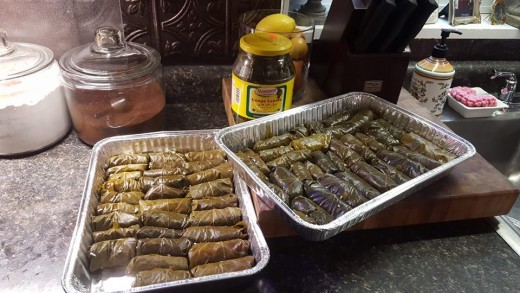
Zatar is an aromatic spice blend which combines toasted sesame seeds, dried thyme, dried marjoram, and sumac.
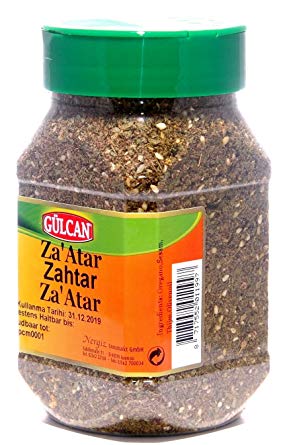
When you open you mouth to try new and different things, you often find that you are pleasantly surprised.
These are a true labor of love and I dont make them very often, mostly because they are labor intensive and the biggest reason is because when I make them, I need to make enough to feed several armies! My own family will eat them once and then again for leftovers. But, friends over the years who have discovered them will often ask if I am making grape leaves. How can I say no? They are usually served at our annual 4th of July party.
Stuffed grape leaves, or if you are Greek they are called dolmas, are quintessential in Arabic cooking. And if you go to a restaurant or deli where they are on the menu, you owe it to yourself to try them.
They have been somewhat Americanized, more for convenience and cost effectiveness than anything else, by leaving meat out of the stuffing. In my opinion, that's a shame. As a little girl, I learned to eat these made the original, time honored, way my family made them. With lamb or mutton meat, lots of Arabic spices (cumin, mint, zatar) rice and lemon. Lamb is very expensive and mutton is almost never available, so many Lebanese cooks have given into using ground beef to make them. I have no issue with that and for those who have never tasted them prepared with lamb, you wouldn't know what you were missing.
However, just stuffing them with rice and seasonings is somewhat like eating pasta without sauce! So while I am fine with exchanging lamb for ground beef, I do draw a line on grape leaves made without any meat. I have included a recipe at the bottom of my story but for the personal touch I will give my reader's my personal recipe:
1-jar of grape leaves soaked in brine, which need to be drained before stuffing
1-lb. of lean ground meat, uncooked
2-cups uncooked white rice
Assorted Middle Eastern seasonings such as Zatar, Mint, Cumin. Other recipes call for cinnamon but our family never used it. Note: Mint and cumin are easily available but in order to find Zatar you might need to check out a Middle Eastern grocer in your area or Amazon since they have almost anything these days.
Use less than a teaspoon each of these spices as they are potent. Salt and a bit of pepper are also added to the stuffing mix.
Lemon, lemon and more lemon and fresh always! Once I have combined the ground meat and rice and spices, the juice of two good sized lemons is needed to mix into the meat and rice mixture. The lemon gives the grape leaves a bright, tangy very unique flavor when accompanied by the earthiness of the grape leaves.
Once you have your stuffing made, you lay each grape leaf out flat and beginning at the core, or bottom, place a healthy teaspoonful (depending on how large your leaf is) and then begin tucking the sides inward and rolling upward. This is no different than the process used when you make cabbage rolls. And in fact, I find grape leaves much easier to work with than cabbage when doing the rolling.
I use a large Dutch Oven which has been lined with more grape leaves on the bottom of the pot. Then I drizzle olive oil over the flat grape leaves and I begin stacking the stuffed leaves into the pan. Once all are nestled into their places, I drizzle more olive oil (personal preference on whether to use virgin or just plain olive oil. I was raised on regular olive oil and that is what I prefer now as it is less bitter tasting). Next is, of course, more lemon juice! As I stated, I simply cannot say enough about how much lemon enhances the flavor of this wonderful Lebanese dish.
Finally, you need some sort of liquid in order for the rice and meat to cook properly. Most cooks will use plain tap water. However, my Dhati combined water and chicken broth and that is exactly how I make mine. The chicken broth is subtle in the final product, but I do think it adds more to the dish than just plain water. Place a plate firmly over the top of the stuffed leaves in order to keep them in place, cover and cook on low heat for approximately an hour. When finished cooking, the grape leaves have a beautiful glossy sheen thanks to the olive oil and the aroma from the combination of meat, spices, olive oil and lemon makes mouth's water.
Personal Tip: I always use cooking gloves when making grape leaves. The salty brine from the grape leaves pulls moisture from your hands and dries them out.
When I make them I remember my Dhati, which is grandmother in Arabic, and my aunts and Mom and all the women who came before me in whose kitchens I learned the ways of the people whom I originated from. It is in re-creating their dishes that I honor the hard working people of my past.
Food is about tradition and traditions are the ties that bind us to our pasts and those who came before us with their recipes, their seasonings, and their love.
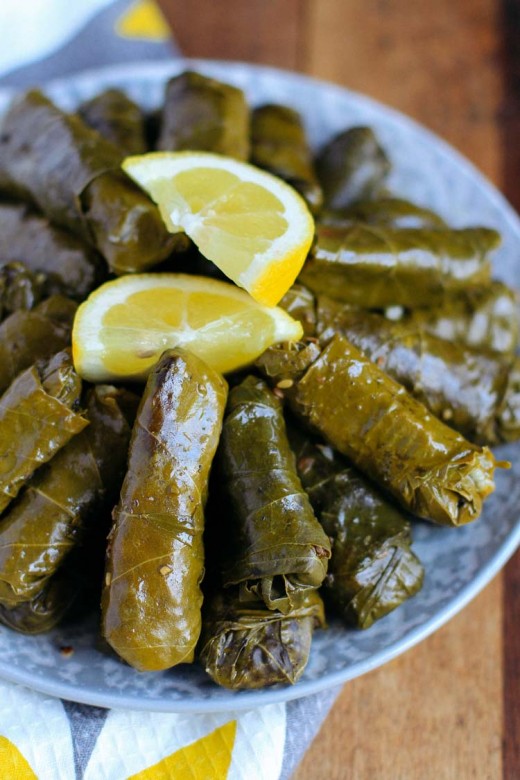
Recipe and tips on how to "do the roll"
- Lebanese Stuffed Grape Leaves (Warak Arish) - The Lemon Bowl®
Very popular in several Mediterranean countries as well as a family favorite, these Lebanese stuffed grape leaves are filled with meat, rice and lemon juice.
Grape Leaves
